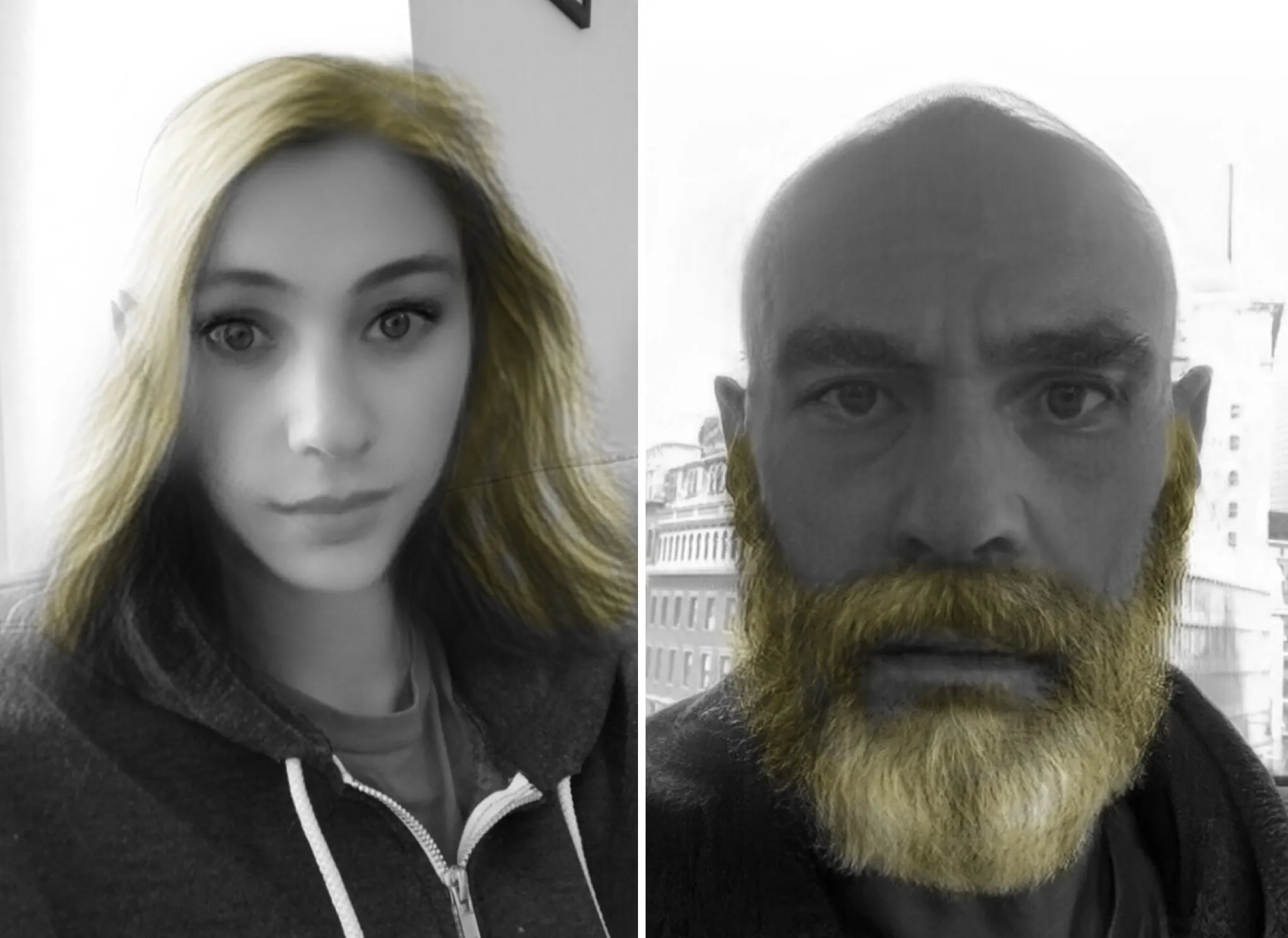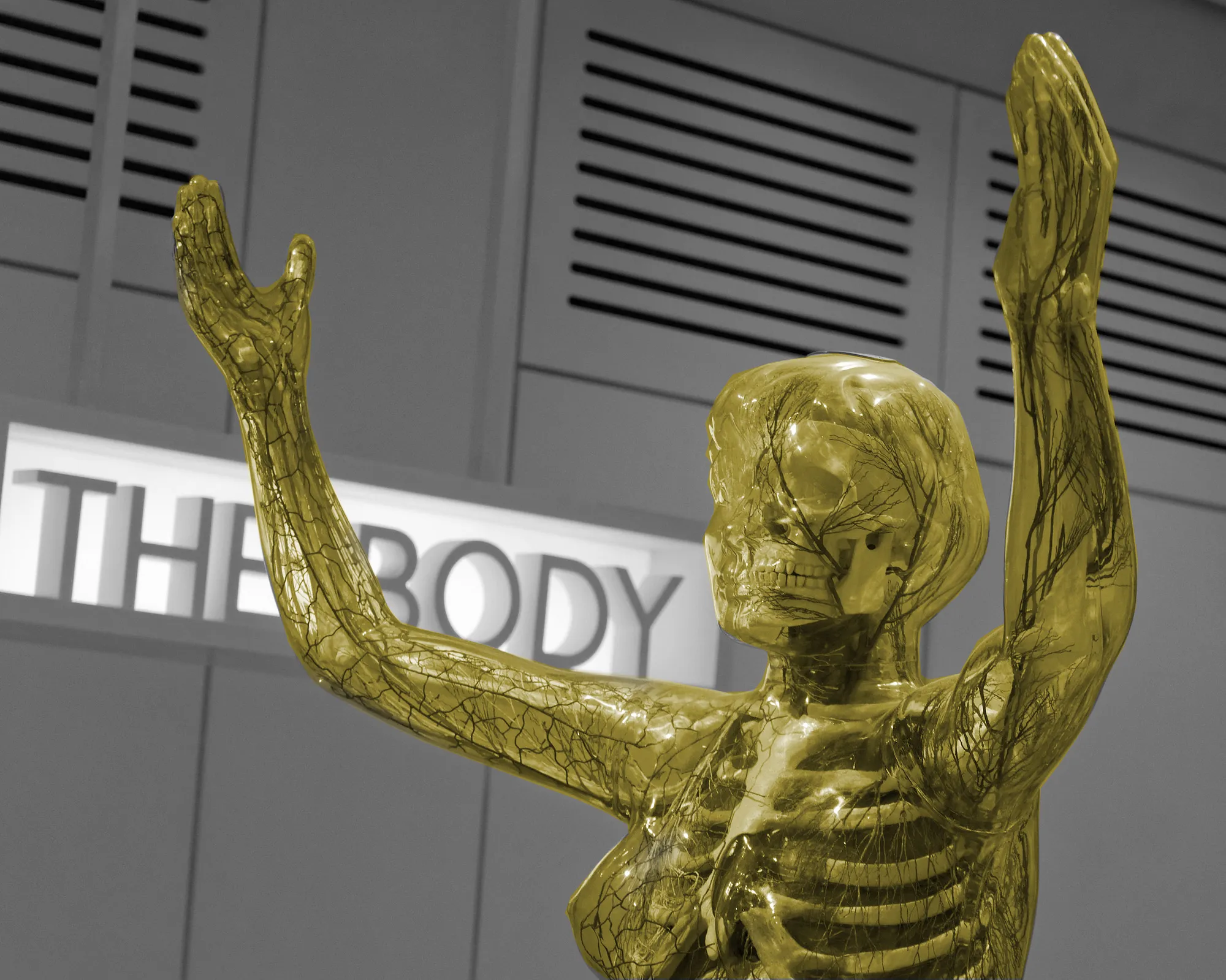Computer Vision is one of the hottest research fields within Deep Learning at the moment.
It sits at the intersection of many academic subjects, such as Computer Science (Graphics, Algorithms, Theory, Systems, Architecture), Mathematics (Information Retrieval, Machine Learning), Engineering (Robotics, Speech, NLP, Image Processing), Physics (Optics), Biology (Neuroscience), and Psychology (Cognitive Science).
Continue reading “The 5 Computer Vision Techniques That Will Change How You See The World”







